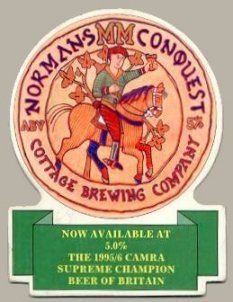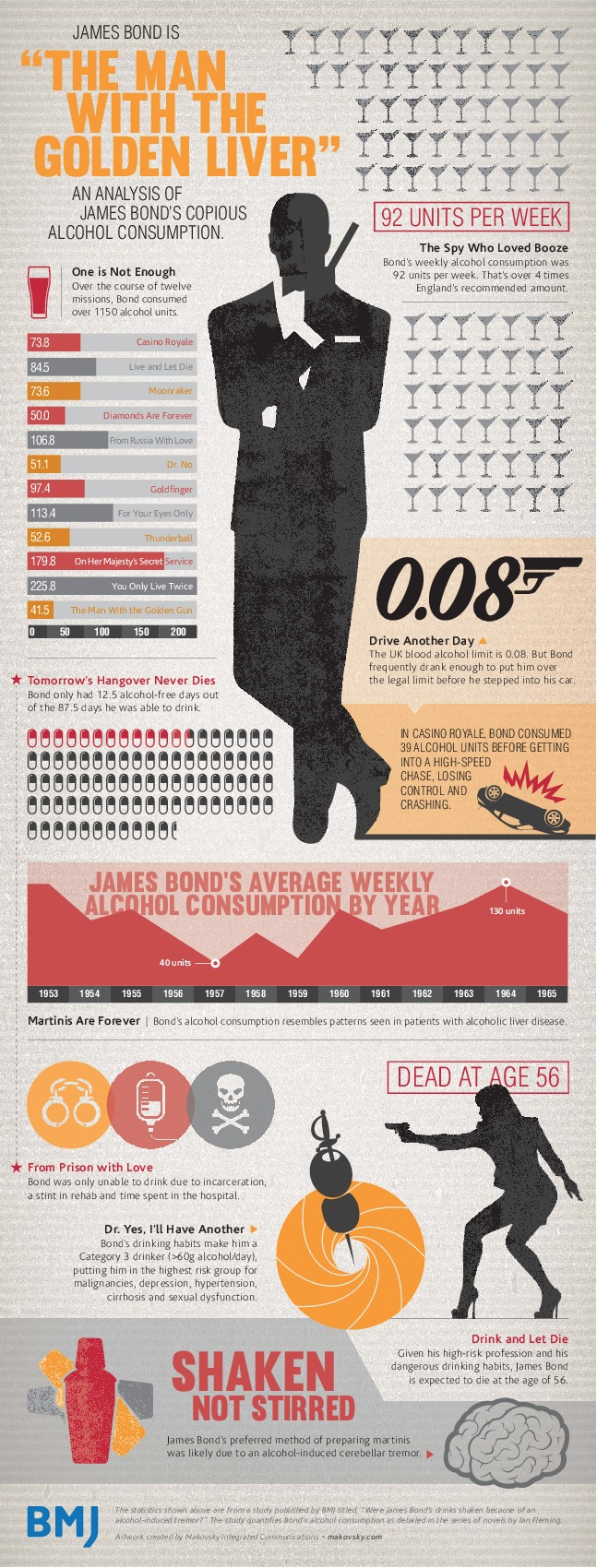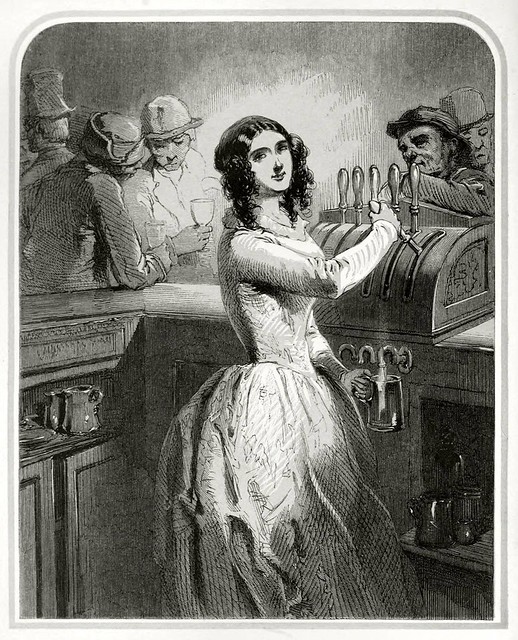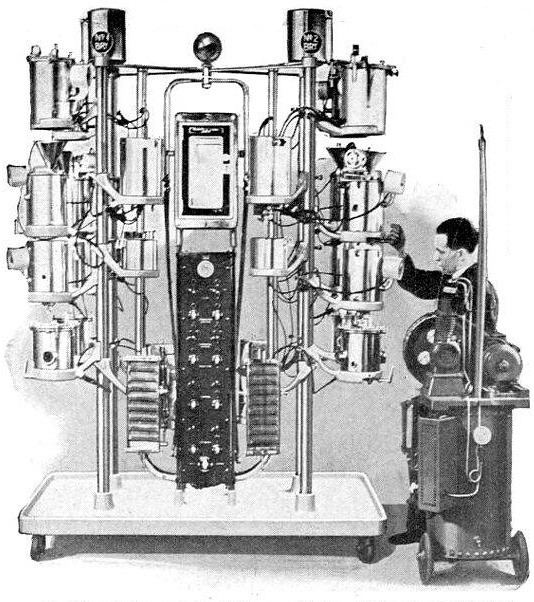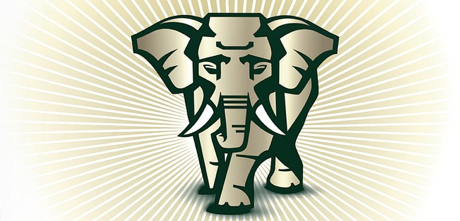
Given that craft beer on this side of the pond has seen double-digit growth almost every year for over ten years, the news that sales of beer in Great Britain has shown positive growth in two consecutive quarters may not not seem like something that’s newsworthy. But this is the first time it’s happened in more than ten years, as pub closures and other factors have had troubling consequences for British beer. The latest figures, released by the British Beer & Pub Association (BBPA), show total beer sales up 0.8% in the 4th quarter of 2013, with off-trade (primarily retail) up 3.9%, although pub sales were down 2.2%.
The Morning Advertiser article also mentions the announcement concurrently that Marston’s will build a new £7 million bottling plant, which the BBPA believes translates to increased confidence on the part of British brewers. The credit for all this good news is thought to be the decision by the UK government’s Chancellor to “cut [the] Beer Duty in last year’s Budget,” meaning lower taxes on breweries. According to the BBPA’s Chief Executive, Brigid Simmonds. “These figures demonstrate that cutting beer duty helps increase beer sales, stimulates industry investment and saves jobs. We hope the Chancellor takes note and freezes beer duty in his next Budget to give a further boost to British beer and pubs.”
This is important on our side of the world because there are currently two bills before Congress with the same goal, to lower the excise tax of beer to stimulate our economy and create jobs in the brewing industry and related support industries here, too. That it appears to have worked in Great Britain is a promising development that may make it more attractive to legislators in justifying the tax cut.



